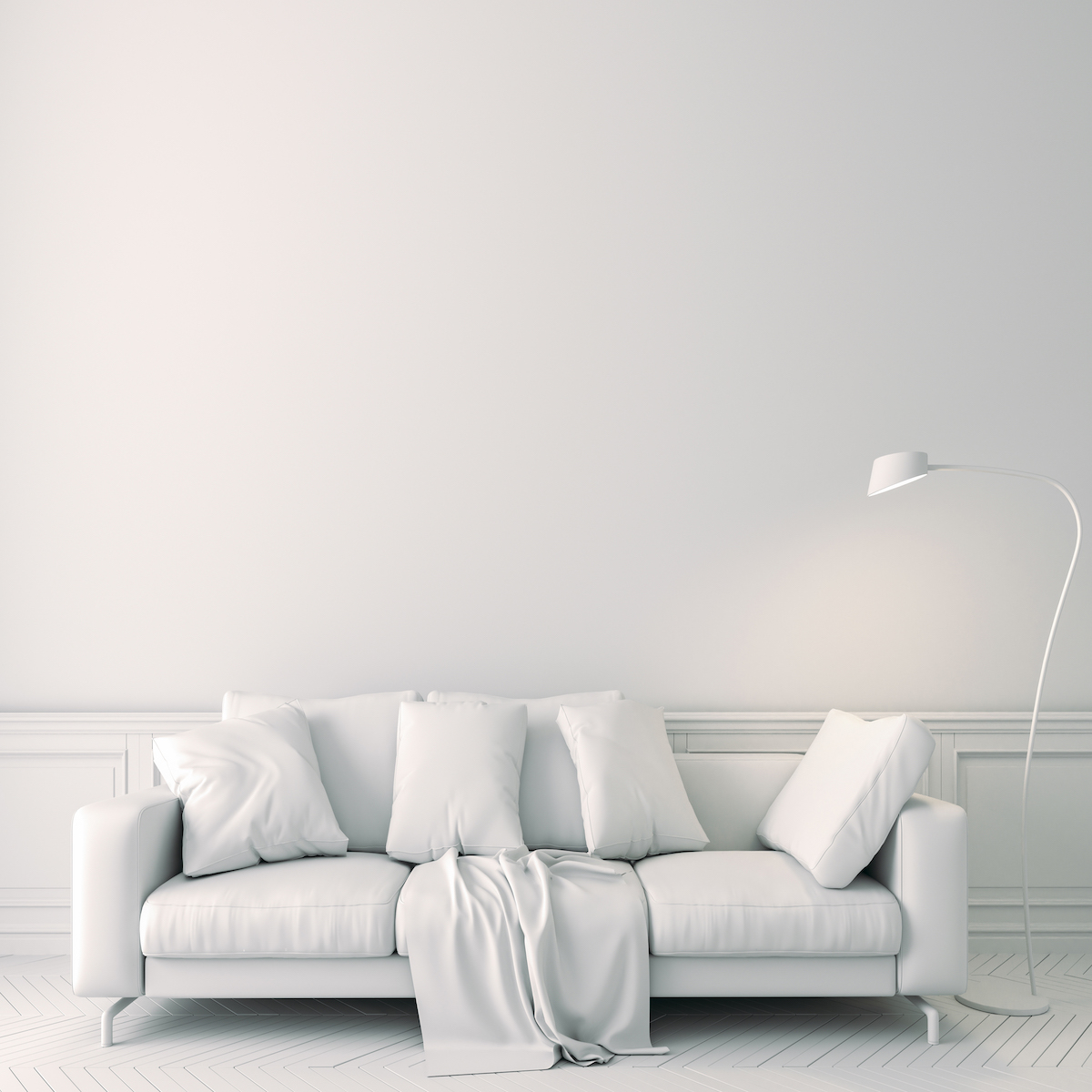Not For Sale
Seller Lode S
"Fine-Arts" prints on paper
It is a process of printing on art paper using very high-quality pigment inks and printed in very high definition. Its level of conservation is exceptional (more than 100 years), its quality, depth, and richness of nuances exceeds the classic photo print on Argentic paper.

Glossy finish
Apart from its exceptional thickness, the fiber paper is composed of an alpha-cellulose base without acid and it is covered with barium sulphate, and a microporous layer absorption enhancing pigments during printing. A pure white color, non-yellowing to light, this paper is especially designed for resistance and aging. It is used by major museums worldwide as it offers excellent resolution, rendering deep and dense colors.
Art Print "Fine Art" - Glossy finish on a fiber base paper 325 g.

Our high end prints and reproductions
ArtMajeur only uses natural papers with neutral pH, resistant, and of high quality, selected from renowned papermakers!
Constant attention is paid by our master printer, whether in terms of color control or respect for the graphic chain. Our high level of quality requirement is a major asset of ArtMajeur framed art prints.
For Artists! You help artists to live from their work. They receive royalties everytime you buy their prints.
About our fine printsPurchase a license to use this image for your website, communications or to sell merchandise.
Usage: Web Licence
| 1149 px | ||

|
1500 px |
| Dimensions of the file (px) | 1149x1500 |
| Use worldwide | Yes |
| Use on multi-support | Yes |
| Use on any type of media | Yes |
| Right of reselling | No |
| Max number of prints | 0 (Zero) |
| Products intended for sale | No |
Download immediately upon purchase
This image is available for download with a licence: you can download them at anytime.
Restrictions
All images on ArtMajeur are original works of art created by artists, all rights are strictly reserved. The acquisition of a license gives the right to use or exploit the image under the terms of the license. It is possible to make minor modifications such as reframing, or refocusing the image so that it fits perfectly to a project, however, it is forbidden to make any modification that would be likely to harm the original work In its integrity (modification of shapes, distortions, cutting, change of colors, addition of elements etc ...), unless a written authorization is obtained beforehand from the artist.
Custom licences
If your usage is not covered by our standard licences, please contact us for a custom licence.
Art image bank-
Original Artwork (One Of A Kind)
Painting,
Oil
/
Lacquer
on Canvas
- Dimensions Height 51.2in, Width 39.4in
- Framing This artwork is not framed
- Categories Paintings under $5,000 Figurative
What do they tell us? Or is it better to say that we speak with the help of objects with which we surround ourselves or which we use?
Obviously, the whole series of this works is based on the traditions of the Dutch still life of the XVI – XVII centuries.
“The Dutch still life of the XVI – XVII centuries is a kind of intellectual game in which the viewer was asked to unravel certain signs.” (Anastasia Egorova, arzamas academy)
John Calvin taught that everyday things have a hidden meaning, and behind every image there must be a moral lesson. The objects depicted in the still life are ambiguous: they were endowed with instructive, religious or other overtones. For example, oysters were considered an erotic symbol, and it was obvious to contemporaries: oysters supposedly stimulated sexual potency, and Venus, the goddess of love, was born from a shell. On the one hand, the oysters hinted at worldly temptations, on the other hand, the open shell signified a soul ready to leave the body, that is, promised salvation. There were no strict rules on how to read a still life, of course, and the viewer guessed on the canvas exactly those characters that he wanted to see. In addition, we must not forget that each object was part of the composition and could be read in different ways - depending on the context and the general message of the still life.
P.S. All the subjects in the artwork are depicted in original proportions with love and respect for specific objects and their authors.









